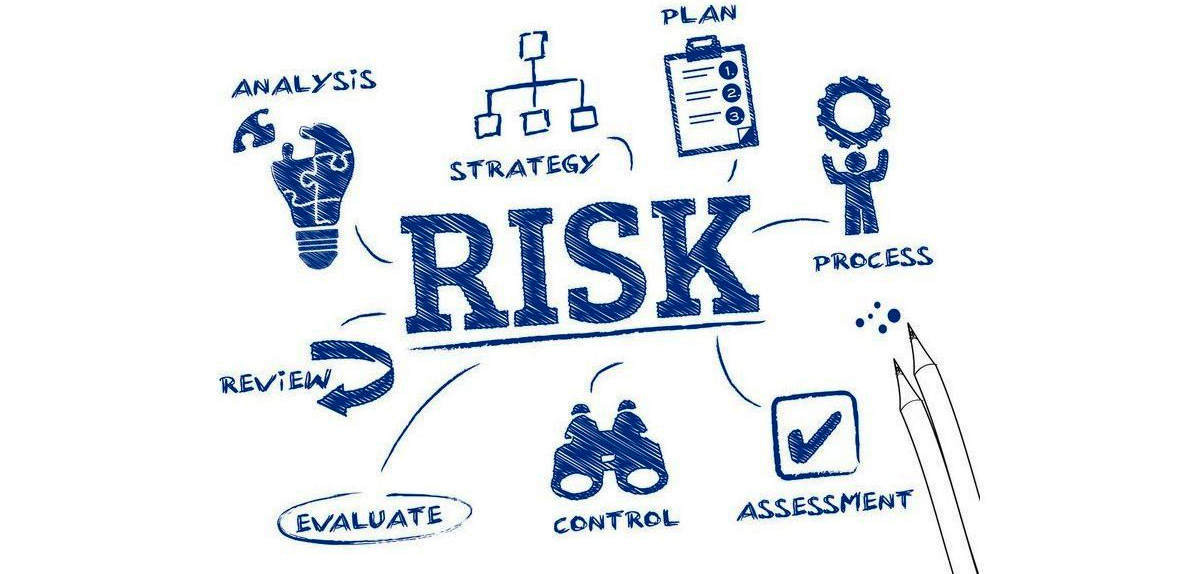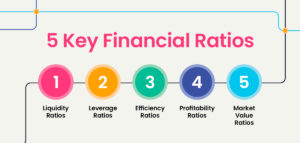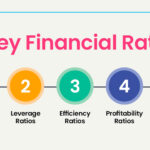Managing credit risk in banks effectively requires a well-rounded approach. Start with a robust credit risk management policy that lays out the guidelines for identifying, assessing, and managing potential risks. Make use of the 5Cs of credit-character, capacity, capital, collateral, and conditions-to thoroughly evaluate potential borrowers. This holistic review ensures informed lending decisions, minimizing the chances of defaults.
Next, incorporate sound underwriting standards and ongoing monitoring. Strong underwriting standards, focusing on thorough assessments of borrowers’ creditworthiness, help reduce default risk right from the start. Meanwhile, continuous monitoring of borrower profiles, transaction histories, and credit reports allows banks to catch and respond to changes in risk levels promptly. This proactive strategy can help in mitigating potential financial losses and safeguard against fraud.
Additionally, developing sound credit policies and optimizing loan loss reserves play crucial roles. Comprehensive credit policies and a well-structured credit risk response plan ensure the financial institution maintains stability and is prepared for financial risks. Employing methodologies like CECL for loan loss reserves and regularly updating provisions based on current data will enhance resilience against potential losses. Remember, if you’re seeking guidance on these strategies, our expertise can support you in steering your institution towards better credit risk management.
What Are The Key Elements Of Effective Credit Risk Management In Banks?
The key elements of effective credit risk management in banks are crucial to ensure that you minimize losses and maintain financial stability.
First, you need a comprehensive credit risk management policy. This acts as your guide for identifying, assessing, and managing potential risks. Then, regular credit risk assessments help you stay ahead by evaluating risks’ likelihood and impact, allowing you to develop appropriate mitigation strategies.
Next, effective credit risk mitigation mechanisms are essential. Implement robust credit scoring models, sound underwriting practices, and continuously monitor borrower creditworthiness. Additionally, it is vital that you invest in regular employee training. This ensures your team can implement these practices effectively.
You should have a credit risk response plan in place. This plan enables you to respond quickly to credit risk events, with clear protocols for identification, containment, notification, and post-incident review. Regular credit risk reviews will help you keep your risk management program updated and effective.
You also need to ensure compliance with relevant regulations to maintain robust credit risk management. Leveraging advanced technologies for data analysis and risk modeling can further enhance your ability to predict and manage risks.
In closing, by implementing a comprehensive policy, conducting regular assessments, training employees, and using advanced technologies, you can effectively manage credit risks and protect your bank’s financial stability.
How Do The 5Cs Of Credit Risk Help Banks Assess Potential Borrowers?
The 5 Cs of credit—Character, Capacity, Capital, Collateral, and Conditions—help banks assess potential borrowers by evaluating different aspects of their creditworthiness.
- Character: Lenders look at your credit history and past behavior in repaying debts. They check your credit reports and scores to see how reliable you’ve been with payments. Your work experience and overall reputation also play a part.
- Capacity: This is your ability to repay the loan. Lenders examine your income, employment stability, and current debts to ensure you can handle new debt. This includes analyzing cash flow statements for businesses or income details for individuals.
- Capital: Lenders want to see that you’ve invested your own money or assets. This indicates you have a stake in your business, which lowers their risk.
- Collateral: To secure the loan, lenders may require assets that they can seize if you default. This reduces their risk because they have something valuable to claim if you can’t make payments.
- Conditions: These include external factors like the state of the economy and how you plan to use the loan. Lenders consider market conditions and their potential impact on your ability to repay the loan.
Overall, by evaluating Character, Capacity, Capital, Collateral, and Conditions, banks can make informed decisions about lending, reducing their risk and ensuring borrowers are more likely to repay their loans.
What Role Do Robust Underwriting Standards Play In Mitigating Credit Risk?

Robust underwriting standards are crucial in mitigating credit risk by ensuring that loans are granted to borrowers who are likely to repay them. Here’s why they matter:
First, strong underwriting standards help you thoroughly assess a borrower’s creditworthiness, income stability, and debt-to-income ratio. This reduces the chances of defaults and financial losses for you as a lender. By ensuring thorough financial assessments, you also protect borrowers from taking loans they can’t afford, preventing unsustainable debt and potential foreclosure.
Next, robust standards contribute to stability in the financial market by minimizing risky lending practices, like issuing subprime loans, which can lead to significant market disruptions akin to the 2008 financial crisis. Advanced underwriting systems analyze comprehensive data, providing accurate assessments of creditworthiness, thereby reducing the likelihood of defaults.
Finally, accurate risk assessments lead to better lending decisions, lowering the chances of non-performing loans. Automation in underwriting processes streamlines operations, reduces manual labor, and cuts costs, making your operations more efficient.
As a final point – adhering to robust underwriting standards protects you and your borrowers, ensuring a healthier and more stable financial ecosystem.
Why Is Ongoing Monitoring Crucial In Credit Risk Management?
Ongoing monitoring is crucial in credit risk management because it helps you continuously evaluate and manage the risks associated with borrowers. By regularly reviewing transaction histories, credit reports, and customer profiles, you can promptly identify any changes in risk levels. This proactive approach allows you to detect potential financial losses, fraud, and credit scams early on, ensuring compliance with regulatory requirements and safeguarding financial stability.
Key reasons for ongoing monitoring include:
- Identifying changes in customer risk profiles, ensuring you adjust credit limits and terms to align with current risk.
- Compliance with regulations like AML, which mandates regular checks to prevent money laundering and other financial crimes.
- Enhancing trust and relationships with clients by demonstrating a commitment to safeguarding their financial health.
- Mitigating financial losses by flagging suspicious activities and taking corrective actions swiftly.
To sum up, ongoing monitoring keeps you ahead of risks, maintains compliance, and protects both your business and clients from potential financial threats.
How Can Banks Develop Sound Credit Policies To Safeguard Against Financial Risks?
You can develop sound credit policies to safeguard against financial risks by focusing on several key aspects:
Start by establishing a robust credit risk environment. You need to define clear credit risk policies and procedures while creating a risk-averse culture within your institution where everyone understands the importance of managing credit risk.
Next, implement a sound credit-granting process. Evaluate the creditworthiness of borrowers using advanced credit scoring models and consider the 5 Cs: Character, Capacity, Capital, Collateral, and Conditions.
Maintain rigorous credit administration, measurement, and monitoring. You should regularly conduct credit risk assessments to identify potential risks and continuously monitor your credit portfolio for changes in borrower creditworthiness. Modern technology, like AI and data analytics, offers real-time risk assessment and monitoring.
Ensure you have adequate controls and mitigation strategies. Set credit limits based on borrower risk profiles, use collateral and guarantees to protect against defaults, and diversify your credit portfolio to spread risk across different sectors and geographical locations.
Train your employees regularly on the latest credit risk management practices and the importance of following credit policies.
Lastly, develop a comprehensive credit risk response plan. Establish clear protocols for responding to credit risk events and conduct post-incident reviews to improve future risk management.
To wrap things up – by creating a structured approach to managing credit risk, you ensure financial stability and protect against potential losses.








